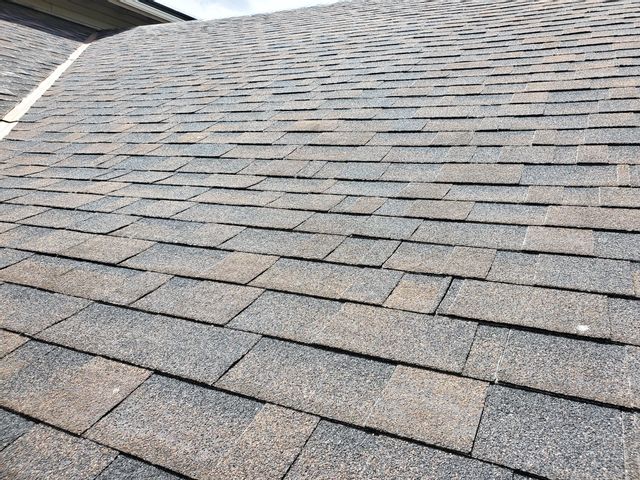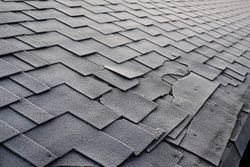
Hawaii’s year-round sunshine makes it one of the most beautiful places to live, but the sunny weather can take a toll on your roof. Over time, ultraviolet light breaks down even the most durable asphalt roofing shingles, eventually leaving them too dry and brittle to protect your home. Understanding the risks and taking steps to protect your roof will help prolong its life and prevent extensive damage.
How Sunlight Affects Your Asphalt Roof
Weakens the Surface
Sunlight affects asphalt roofing on the molecular level, triggering chemical reactions that oxidize the oily material inside the shingles. As the shingles dry out, they’ll shed the tiny granules covering their surface. Once they become dry and brittle, the shingles will be more susceptible to other damage, like cracking or breaking off in a storm.
Causes Thermal Shock
 Roofing shingles absorb a lot of heat, especially if they’re a dark color. The hot shingles expand during the day and suddenly contract at night when temperatures drop. This phenomenon is known as thermal shock, and it can degrade the roof’s surface and loosen the fasteners that secure the shingles.
Roofing shingles absorb a lot of heat, especially if they’re a dark color. The hot shingles expand during the day and suddenly contract at night when temperatures drop. This phenomenon is known as thermal shock, and it can degrade the roof’s surface and loosen the fasteners that secure the shingles.
The Life Span of Asphalt Roofing Shingles
While sunlight damages asphalt roofing shingles, most products on the market today are designed to withstand UV rays for 20 to 30 years. If you’ve noticed granules accumulating in the gutters or shingles missing after a storm, it may be time to invest in a replacement or take steps to extend the surface’s life.
If the sun is taking a toll on your roof, contact the team at Roof Maxx Hawaii in Mililani. These professionals will apply a high-quality roof coating that will restore your asphalt shingles’ flexibility, giving them at least five more years before they need to be replaced. Get more information about their services online, or call (808) 522-7663 to schedule a free roof inspection.
About the Business
(13 reviews)
Have a question? Ask the experts!
Send your question

